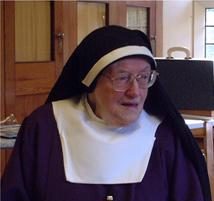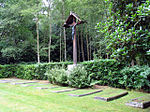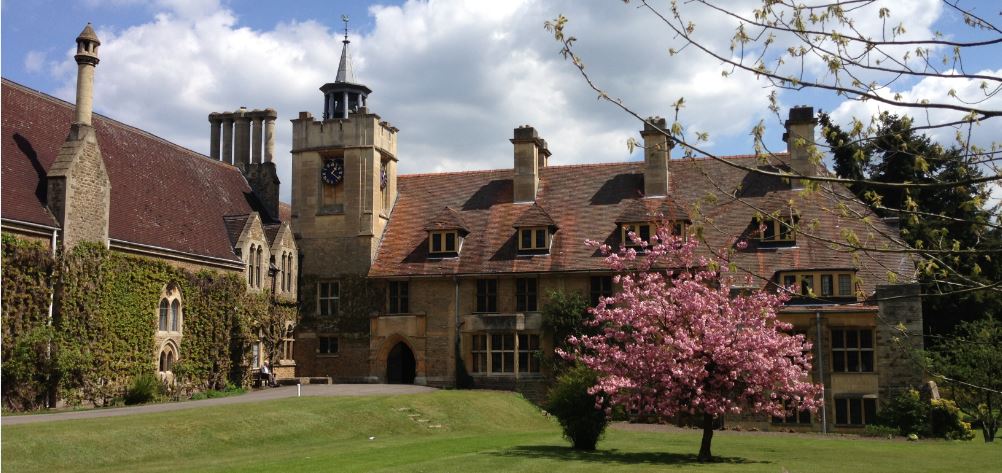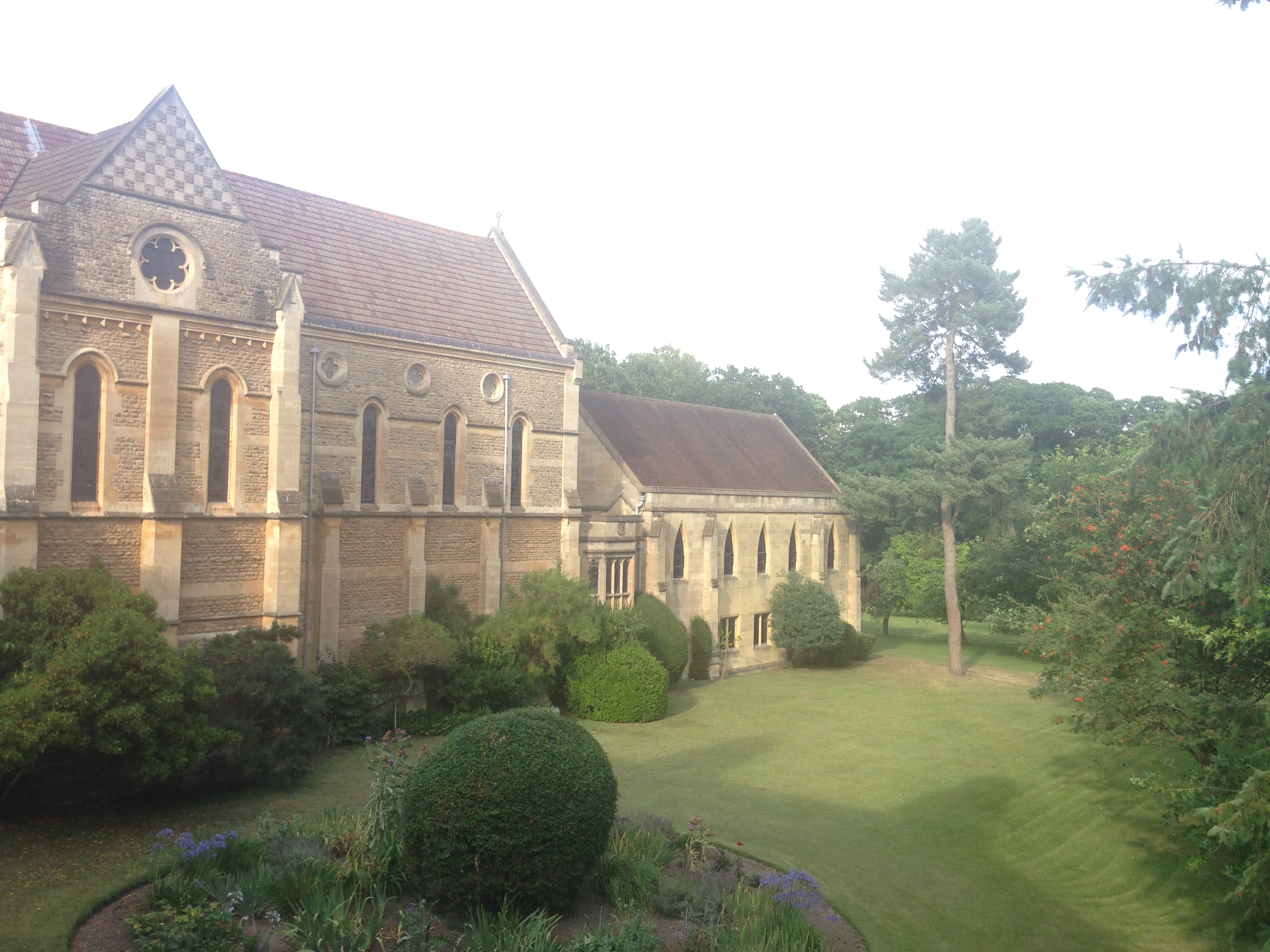
Cecilia Pem Toyer was born on May 6, in Stopsley, near Luton, in 1914, one of nine children, of whom only three girls survived. She left Wigmore Lane School at the age of 14 to work in a hat factory. Her elder sister, Ethel, was teaching at St Augustine’s School, run by the sisters of the Society of the Most Holy Trinity, and visiting her brought Cecilia to Ascot Priory when she was 16.
She offered herself as postulant at the age of 18, was clothed as a novice in 1935 and professed at the age of 25, just before the outbreak of war in 1939.
The community’s chapter minute book records the novice mistress’s statement that:
“For four years Novice Cecilia has shown strong signs of vocation to the Religious Life. Her influence in the Novitiate has been good, her work conscientious, her purpose steadfast. She has been faithful in the Rule and it is anticipated that she will be a good Religious.”
Her election for profession was passed unanimously.
Obedience, faithfulness and obscurity were among the qualities to which even the most gifted and extrovert nuns aspired. Sister Cecilia’s first work was in the priory kitchens, where she assisted in the preparation of 176 meals every day, for the community of nuns, the convalescent home, the school and the priory workers. But whenever there was a gap in other departments, she emerged the natural person to be called on to help. So it was that she often found herself supervising children in the orphanage, “mugging up” her classics to teach in the school or taking groups to the Community’s holiday home at Hayling Island.
She might have been called to be Reverend Mother in 1981 had the vacancy not come so soon after an abortive effort she and two other sisters had made to open the community to new ventures and a more modern form of habit.
Throughout her life she kept up an extraordinary ministry of correspondence, not only with old girls from the school dispersed throughout the world, but also with casual visitors to the priory who determined, often after only one encounter, to keep in touch with her.
To be called to be the last member of a distinguished religious order in the eventide of life is a very special vocation. But there was no trepidation or bitterness in the way Mother Cecilia approached this prospect. Not for her declining years in a hotel in Felixstowe, as in Betjeman’s poignant poem “The Last of her Order”:
We built our orphanage
We ran our school
Now only I am left to keep the rule.
She was more determined than anyone that the community should prepare for its inevitable closure by planning for the future role of the priory as a resource for the Church.
As changes were made—little by little—she would show the new facilities to visitors as though she had personally initiated and supervised them.
Before her death, Mother Cecilia established a trust to ensure that the buildings at Ascot Priory continued to be used for the good of the Church of England and of society in general, principally in the care of the elderly, but also through the provision of facilities for retreats and conferences.
The last member of a distinguished religious order, Mother Cecilia of the Transfiguration, the Reverend Mother of the Society of the Most Holy Trinity (the first of the religious orders refounded in the Church of England since the Reformation), died after a stroke and short illness on February 12, 2004, aged 89, rounding off a significant chapter in the history of religious orders in the Church of England. .
Her funeral on 23rd February was attended by 153 people: “old girls” she had taught in St Augustine’s School, priests and undergraduates from Pusey House in Oxford, and many friends made during her long life and ministry. The day was gloriously sunny and after the Solemn Requiem she was carried from the Priory Church to the cemetery at the head of a long procession.
The Times – 1st April 2004
Thoughts at the conclusion of the funeral
The crisp morning and the winter sunshine.
The stillness of the waking Priory.
Snowdrops, daffodils and the constant trees.
The muted footsteps and the dolorous bell.
People coming from near and far –
Cornwall, Newcastle, Kent and Chavey Down.
Some making their first visit to the Priory,
Some reliving memories spanning seventy years.
Waiting and watching in the Church,
While ritual manoeuvres were confirmed.
The soft lighting, the fluttering candles,
The solitary vigil flame.
The stillness of the catafalque and the tangible silence.
The overture of the music and singing.
The balletic movements of the central figures.
The scent and the sight of the soaring incense
Listening to familiar words,
Singing seldom shared hymns,
Identification with profound prayers.
The swinging censer and the rising smoke.
The trundling bier and the shuffling figures.
The sentinel trees and the benevolent sky.
The expectant cemetery and the rows of crosses.
The simple black and white vestments,
The sumptuous sable of the cope.
The sunshine and the shadows.
The final pilgrimage to the cemetery.
The Walk in the wilderness and the blazing sunset.










